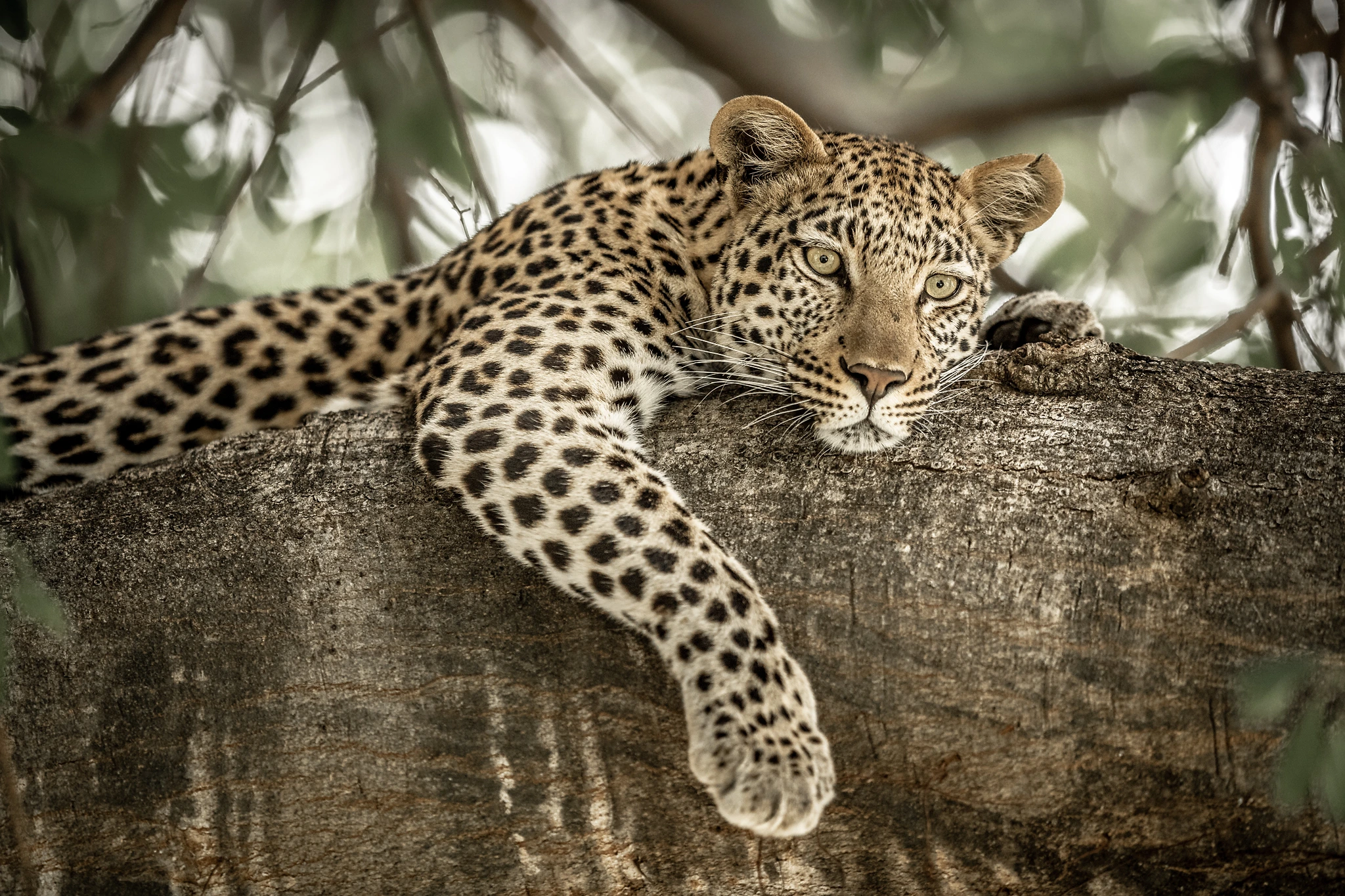
Leopard Photography Tips
It’s no secret that photographing a leopard is on almost everyone’s bucket list when they visit Botswana for a wildlife photography safari, and for a good reason.
Leopards are beautiful, highly photogenic and illusive, so the anticipation of finding one makes the moment much more captivating.
We sat down with wildlife photographer and Pangolin Photo Host Charl Stols to discuss what he keeps in mind when getting the perfect leopard picture.
He also shares some of his favourite leopard photography moments that he’s had over the years and how he got them.
Want to learn more about wildlife photography from Charl and want to join him on a Photo Safari please see the options at the bottom of the page.

What we chatted with Charl about:
Initial thoughts on leopard photography • Leopard behaviour
Different styles of photography • Best leopard locations • Join Charl on safari
I genuinely believe that leopards are the most sought-after cats to photograph. Never in my photographic career have I ever heard of someone who doesn’t want to photograph these beautiful cats.
I have yet to figure out precisely what draws us so much to leopards, but the connection between wildlife photographers and leopards is strong. It could be their elusiveness and solitary lifestyles or because they are simply, stunning animals.
I have heard guides saying, “If a leopard does not want to be seen, it won’t be seen”. There is a lot of truth in it, and perhaps that is part of what I find captivating about these cats. Their perfect way of camouflaging in the dense bush and mainly being active at night makes the chances of spotting them very low. But if you do, there are a few things to consider when photographing leopards.
First, it helps tremendously to have a long and fast telephoto lens that allows for a lot of light intake since leopard encounters happen most often in the early or late hours of the day. If you are on safari in a national park, where off-roading is generally not allowed, you want to ensure a lot of reach, ideally a minimum of 400mm focal length.
A variety of lenses can be helpful, too, to photograph portraits and look for opportunities to take close-ups and wider angles that show the animal in its natural environment, creating a sense of time and space.

As with any wildlife photography, knowing the animal’s behaviour helps anticipate moments with photographic interest. If you don’t, your field guide usually points out when anything exciting is about to happen.
Since leopards are part of the cat family, they often sleep most of their day, which is how you might find them. However, waiting until they wake up can be very rewarding. First, they generally start licking their paws, followed by a few rounds of yawning and exposing their impressive teeth before finally getting up, stretching, and elegantly moving along with their long tail curled up.
All these steps make for great leopard photographs and will compensate for the waiting time. Then, if you are fortunate, you might see the cat stalking and eventually hunting. I found that young leopards especially are fun to watch when they are learning to hunt small prey like tree squirrels.
A water puddle, water hole or river nearby a leopard strolling could be an excellent opportunity to photograph a leopard drinking. Positioning yourself in the right place beforehand increases your chances.

Besides knowing their behaviour once you have located them, it also helps to read the behaviour of other animals and birds to find a leopard in the first place. Indicators such as bird and antelope alarm calls can often lead you to a leopard sighting. Even a raptor bird perched on a tree could indicate a cat with a kill in the area.
One of the most interesting sounds I have learned that has always led me to a leopard sighting is an unusual call of the African Fish Eagle. You might be familiar with the iconic sound that African Fish Eagles make, which are used to call their mates and establish their territory. So if you hear an African Fish Eagle make a completely unfamiliar noise, you can be assured that the elusive cat is nearby. Vervet monkeys also “don’t lie”; if they are high up a tree and alarm call, it is generally because of a leopard.
Finding a kill dragged up a tree also means leopard because they are the only cats that secure their prey that way. If it is a fresh kill with a substantial amount of meat, it is very likely for the leopard to return. So, silently waiting and giving the predator enough space to return will increase your chances of seeing and photographing a leopard.
And if you are lucky like me, the kill might have got stuck in the tree, and the leopard gives you a show of a lifetime trying to get it down, which it eventually did.

Leopards can be photographed in many styles and techniques depending on the light conditions and backgrounds. I especially like to photograph them in the green season. Although they are harder to find during this time as the vegetation is very lush, I like to use the saturated greens as a natural frame that creates a great contrast to the stunning spotted pattern of leopards.
Focusing through dense vegetation can be tricky, so make sure you use a single focus point on your camera and move it over the leopard’s eyes while shooting with the widest aperture setting on your lens. That will create a lot of depth in the image, blurring the greenery while maintaining sharp focus where it matters.
Slow-motion panning
Slow-motion panning is a great way to show the animal’s movement when the background gets too messy and distracting, and the light is low due to overcast weather or time of day. As the name suggests, you need to choose a slow shutter speed (for leopards walking, I usually use between 1/5th -1/10th sec) and then pan the camera and lens at the same speed that the leopard is moving while continuously shooting. This will increase your success rate, as slow-motion panning is not easy to pull off.
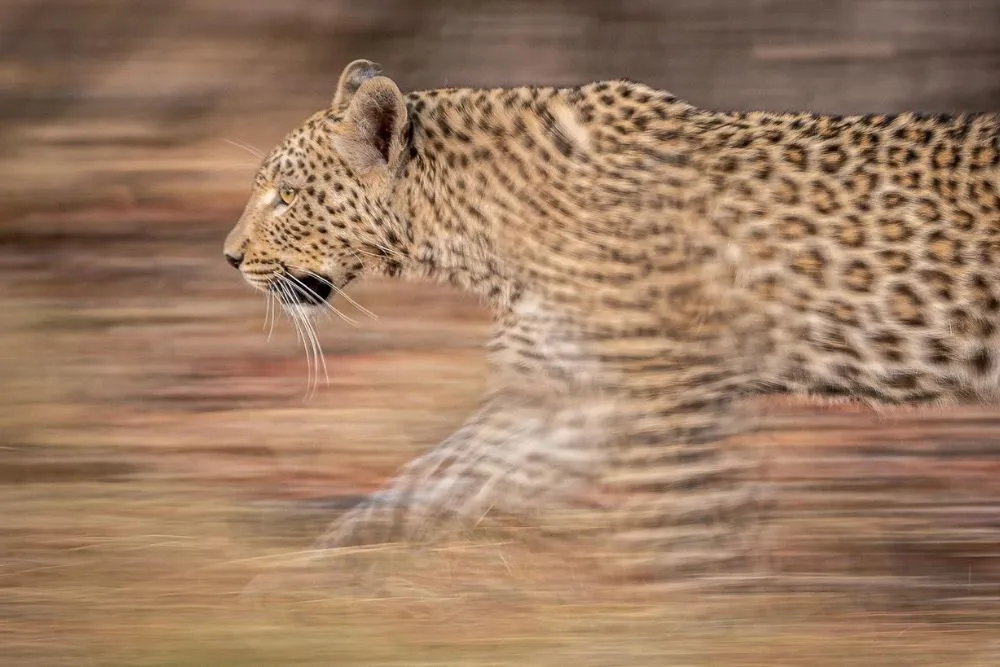
High-key and low-key
The high-key and low-key techniques can either add a minimalistic and light feel by creating a very bright image or a very dramatic and moody atmosphere in the form of the latter.
All you need for a successful high-key image is a bright uniform background behind the leopard, like the sky and no sun on the leopard itself. Then you strongly overexpose, eliminating all details within the background but bringing out all the fine details of the animal. Because of their beautiful skin patterns, leopard high keys work great in either black and white or sepia.

For the low-key method, you generally look for a dark and shady background while having the sun illuminate either the entire leopard or parts of it. This time you need to underexpose the image until you reach the desired effect, creating a stark contrast between the subject and background. This really makes the leopard stand out.

Silhouettes
Since leopards like to hang out on trees, they also lend themselves to great silhouettes framed against a beautiful morning or evening sky. Silhouettes are great because of their simplicity. Be sure to avoid any overlapping of the leopard with the tree, as that would break the shape and confuse the viewer. Since there is little to no detail in a silhouette, the animal must only be recognized by its form.

Eye contact
The most powerful leopard images for me are ones where the leopard looks straight into my lens. Eye contact is such a powerful tool in wildlife photography. It simultaneously creates an intimidating and exhilarating feel for the viewer, especially when the photograph has been taken at eye level with or lower than the predator. Important in such an image is the lighting in the eyes. Avoid photographing in harsh midday light where the sun is high and cast shadows on the eyes. The best time will be in the early or late hours of the day when the light is more directional, illuminating the eyes or on overcast days when the clouds act as a giant soft box diffusing light.

Luckily there is plenty of great places in Africa with good leopard populations. In Botswana, we have some of our best sightings of leopards in the Okavango Delta. In some private concessions that have fewer vehicles, some leopards are very relaxed and can put on quite a show! Definitely, a must-see destination if you are looking for incredible leopard encounters.
You can visit the Sabi Sands in South Africa, where leopard sightings are almost guaranteed. Or in Madikwe where the reserve is teaming with the big five. Another hotspot for leopard sightings is in the Masai Mara in Kenya, where the cats run the park. Whichever one you choose, photographic opportunities are tremendous, and the more time you spend in a location, the better your chances are to see and photograph these beautiful cats.
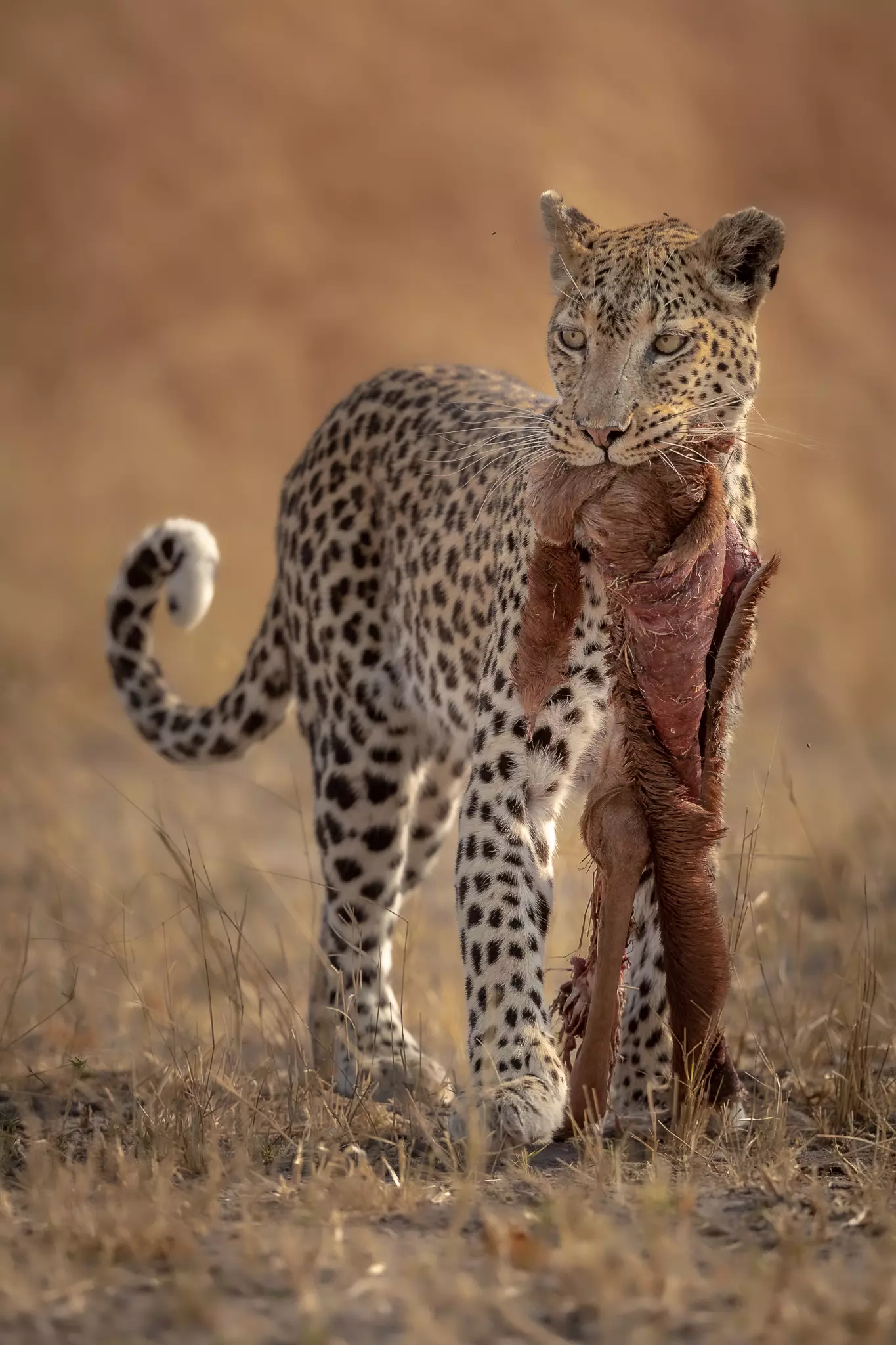
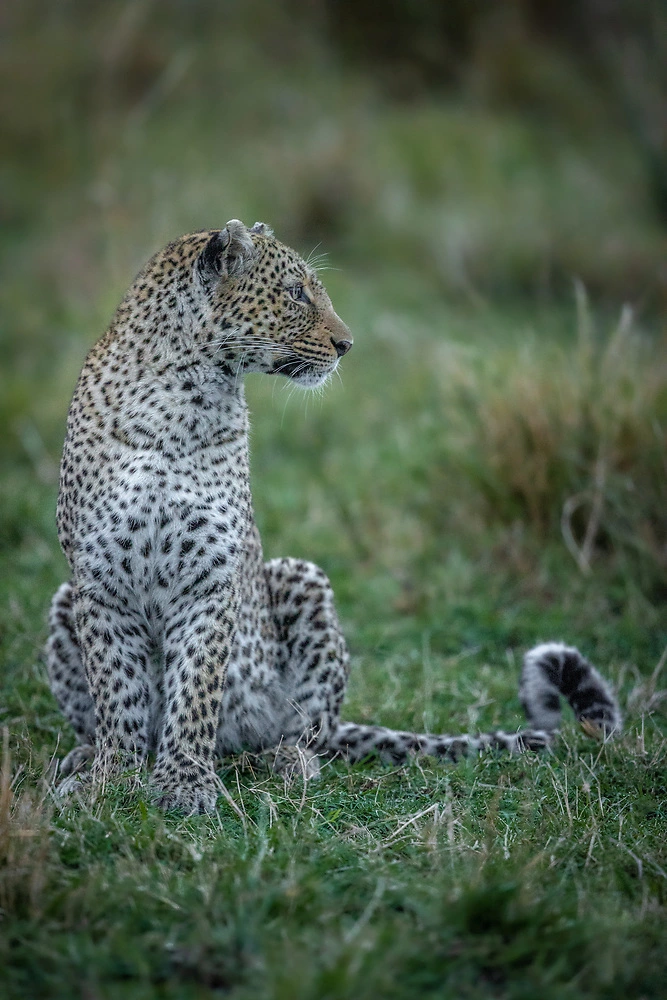
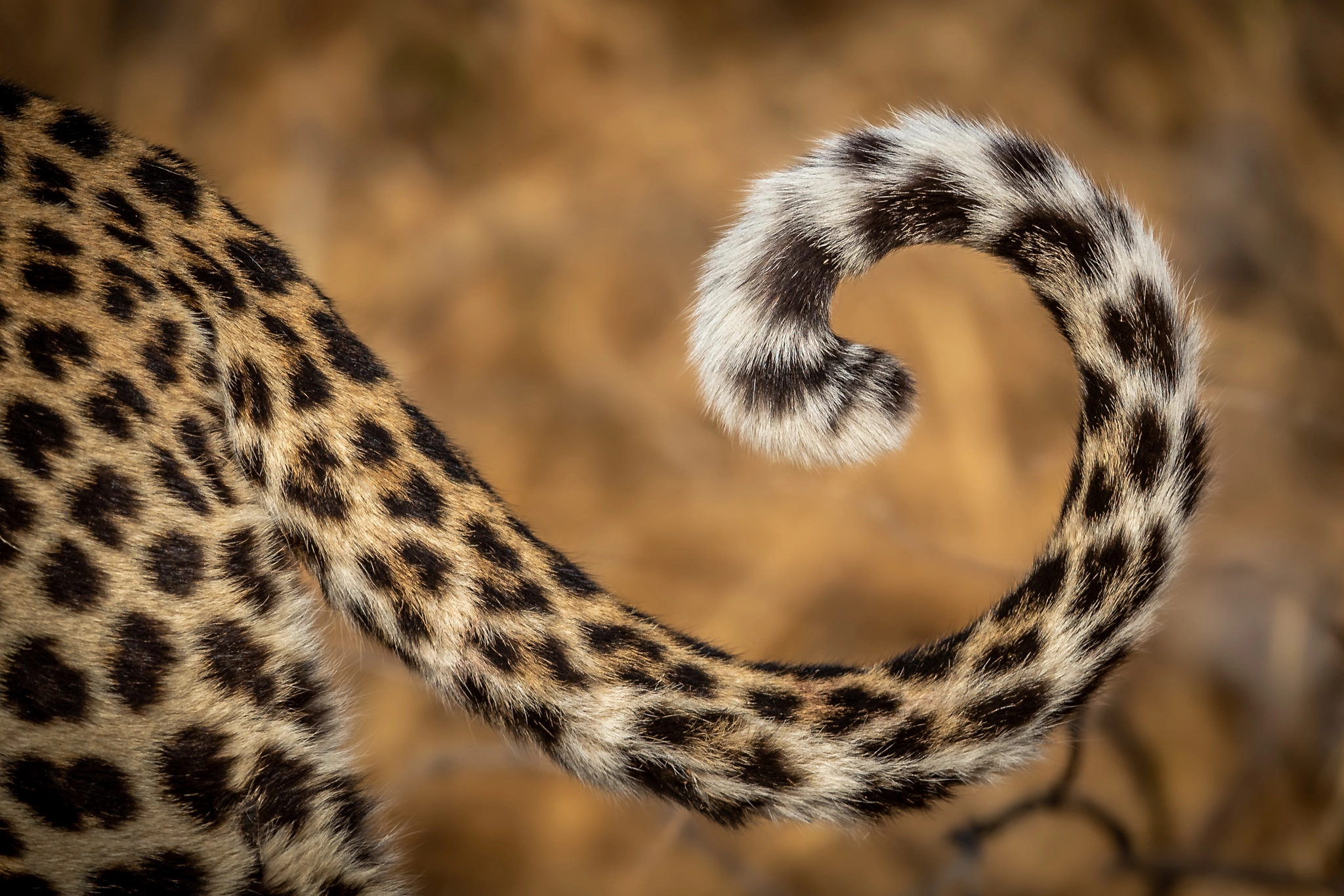
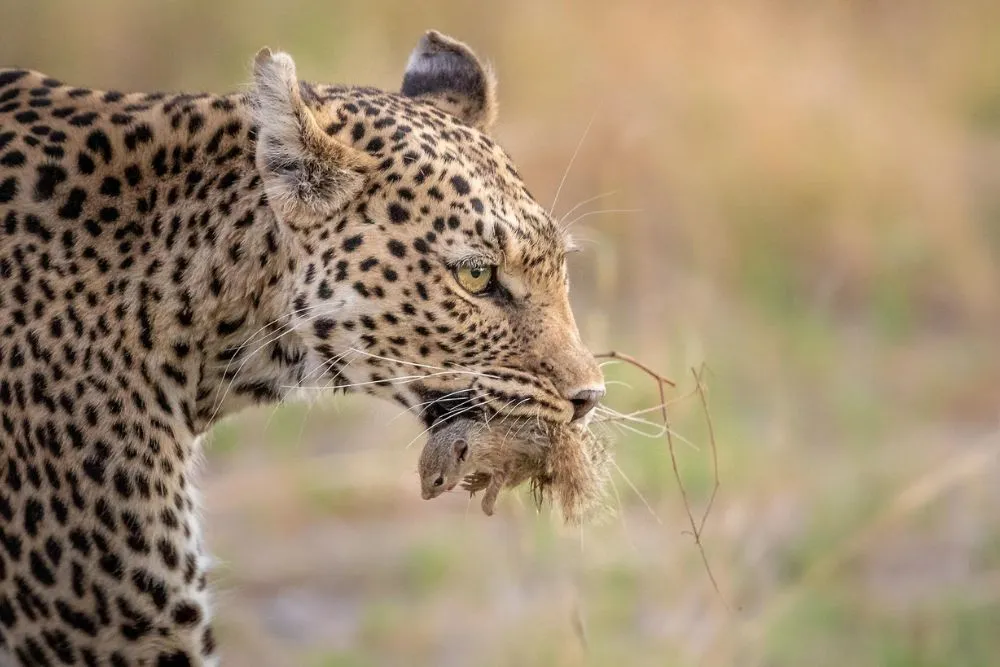
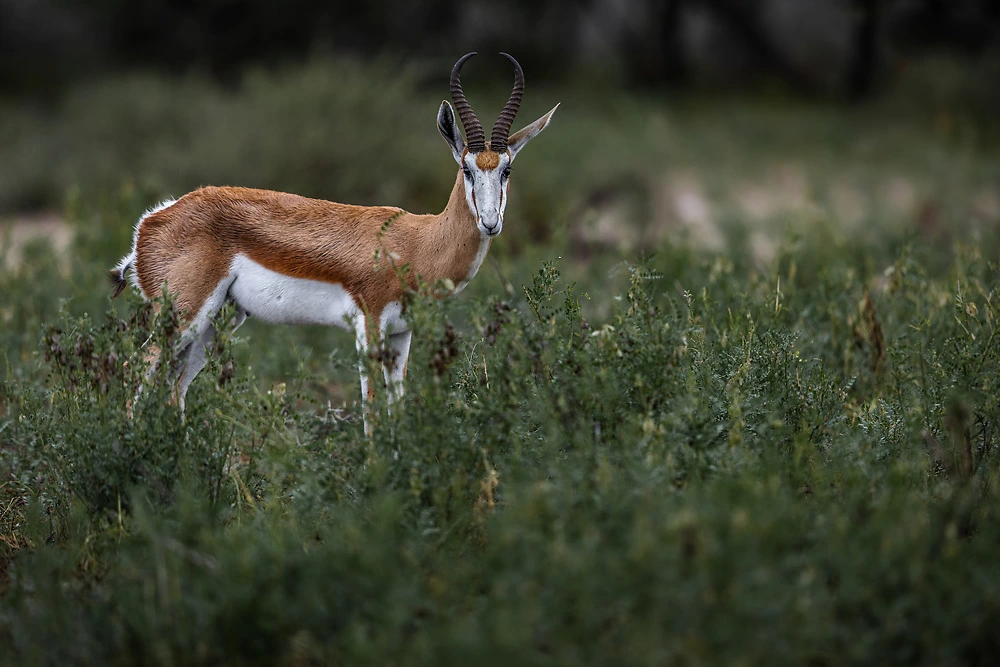
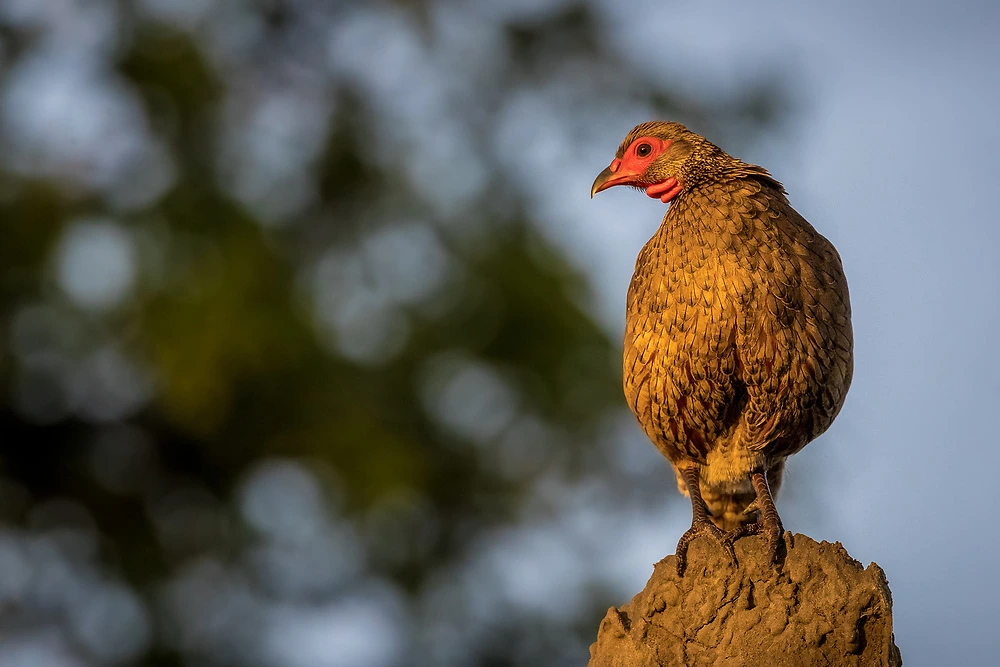
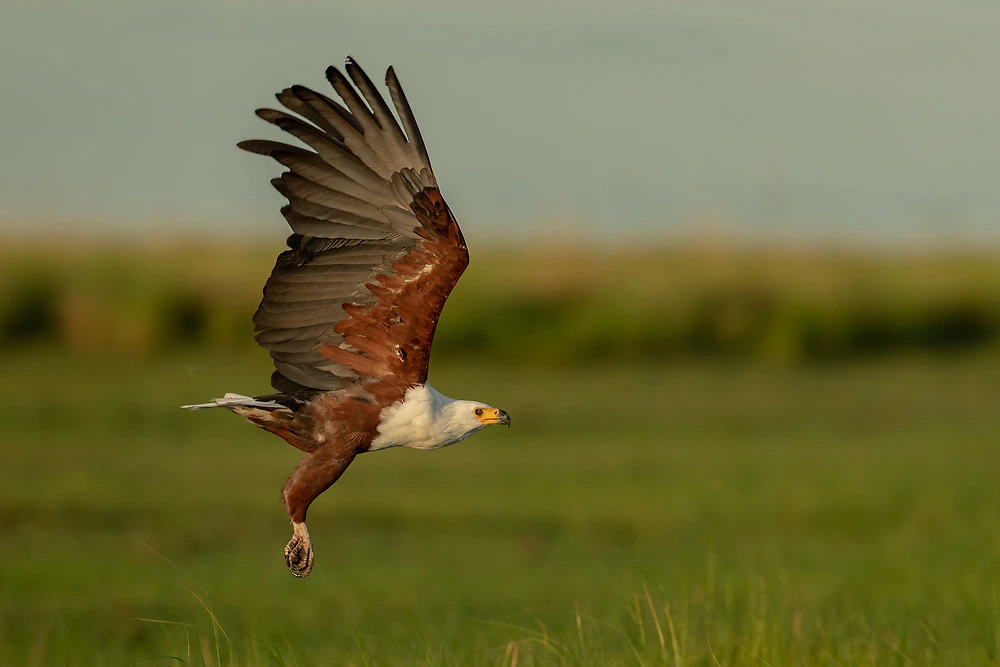
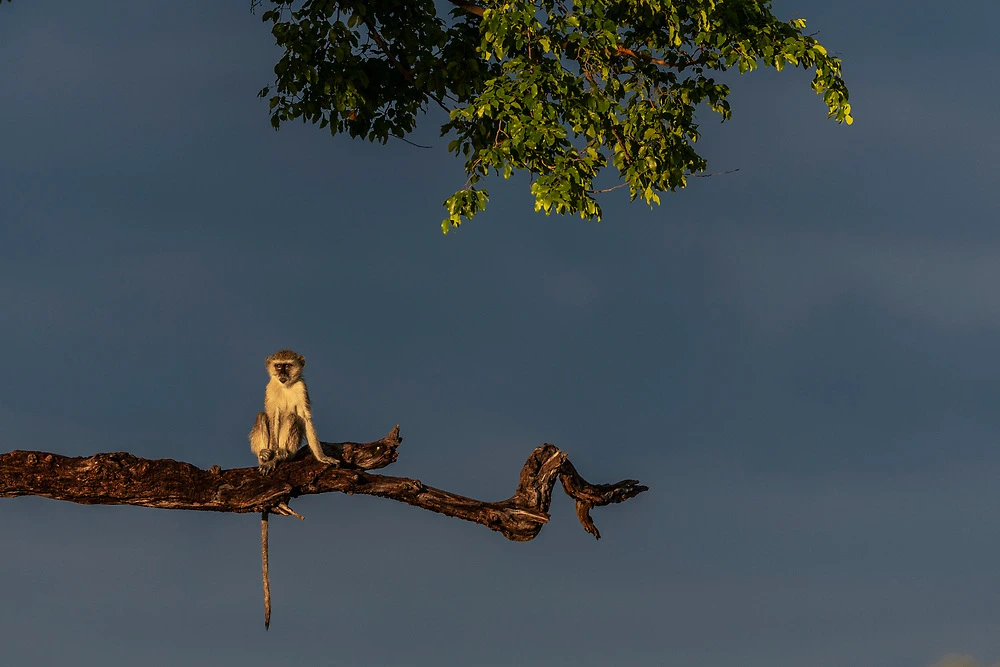
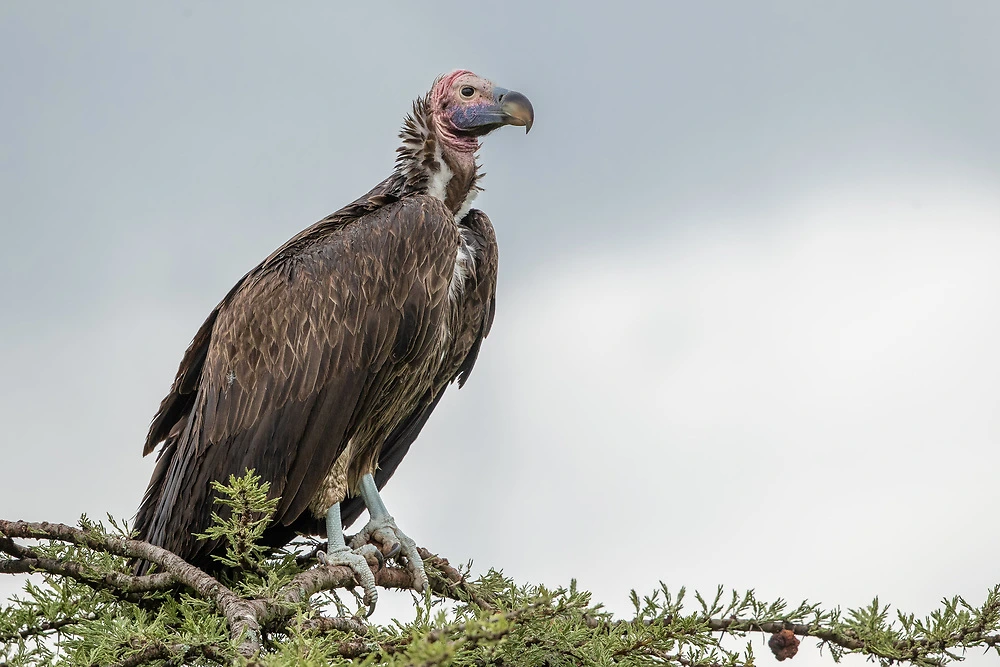
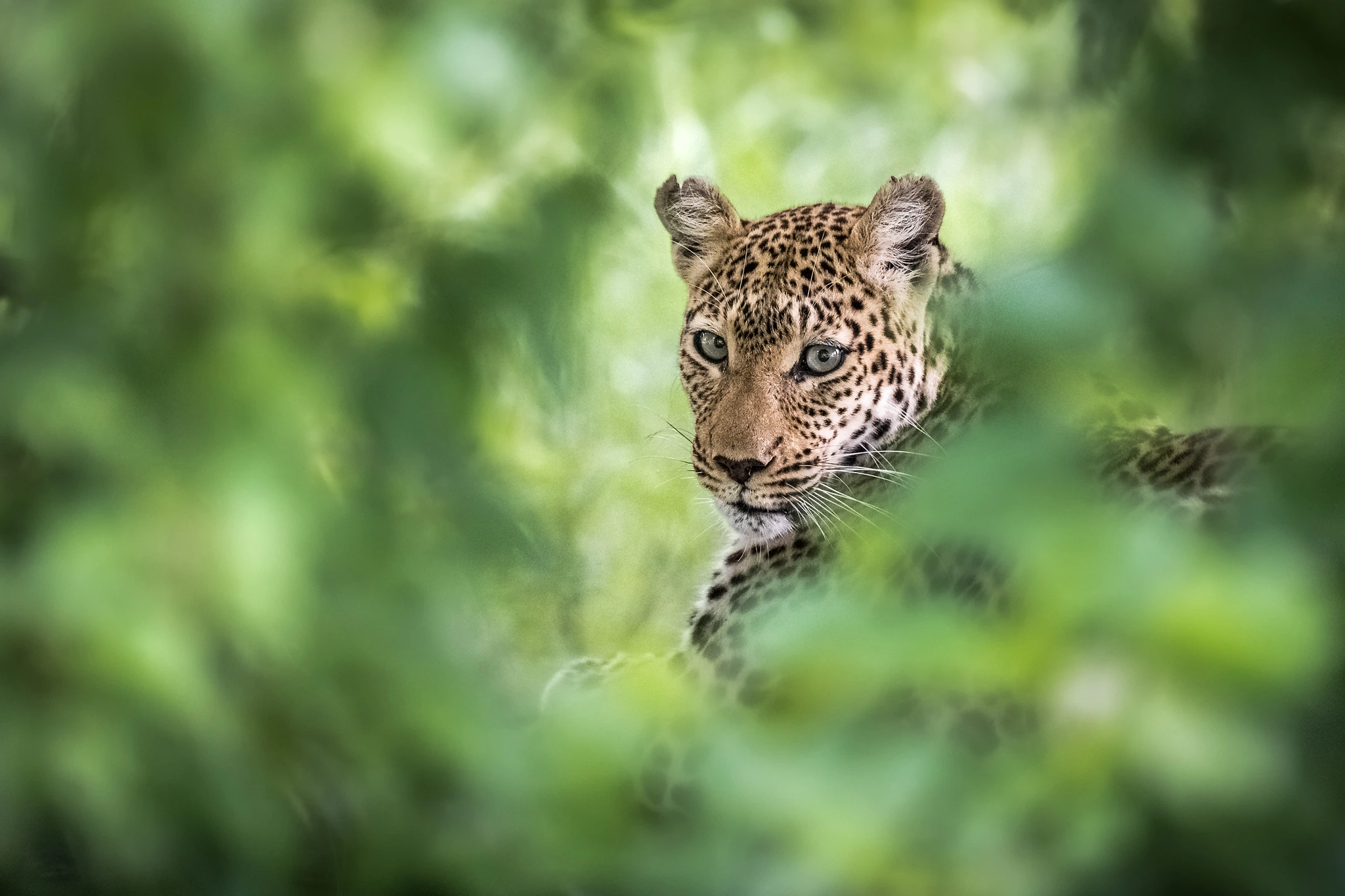
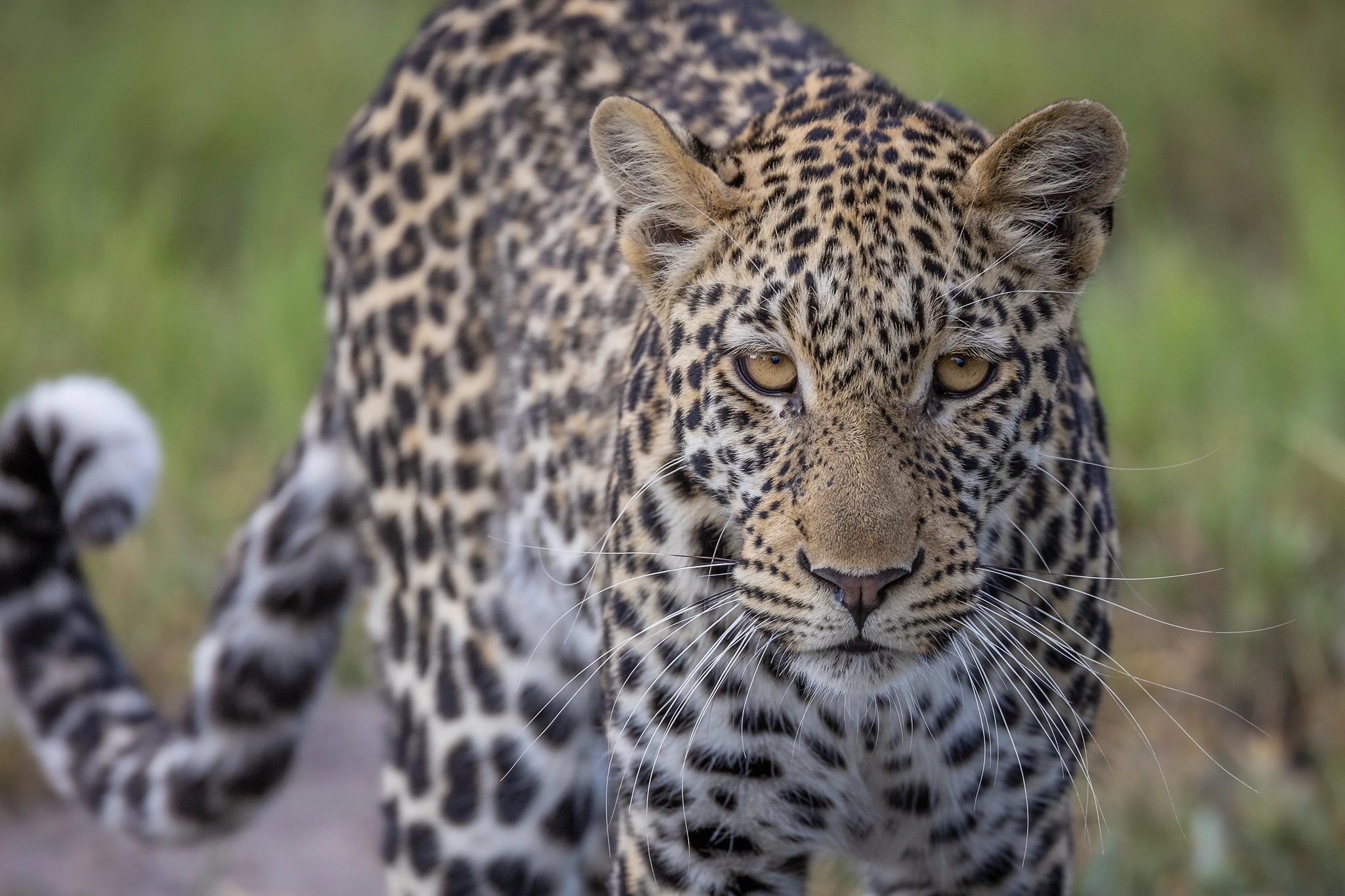
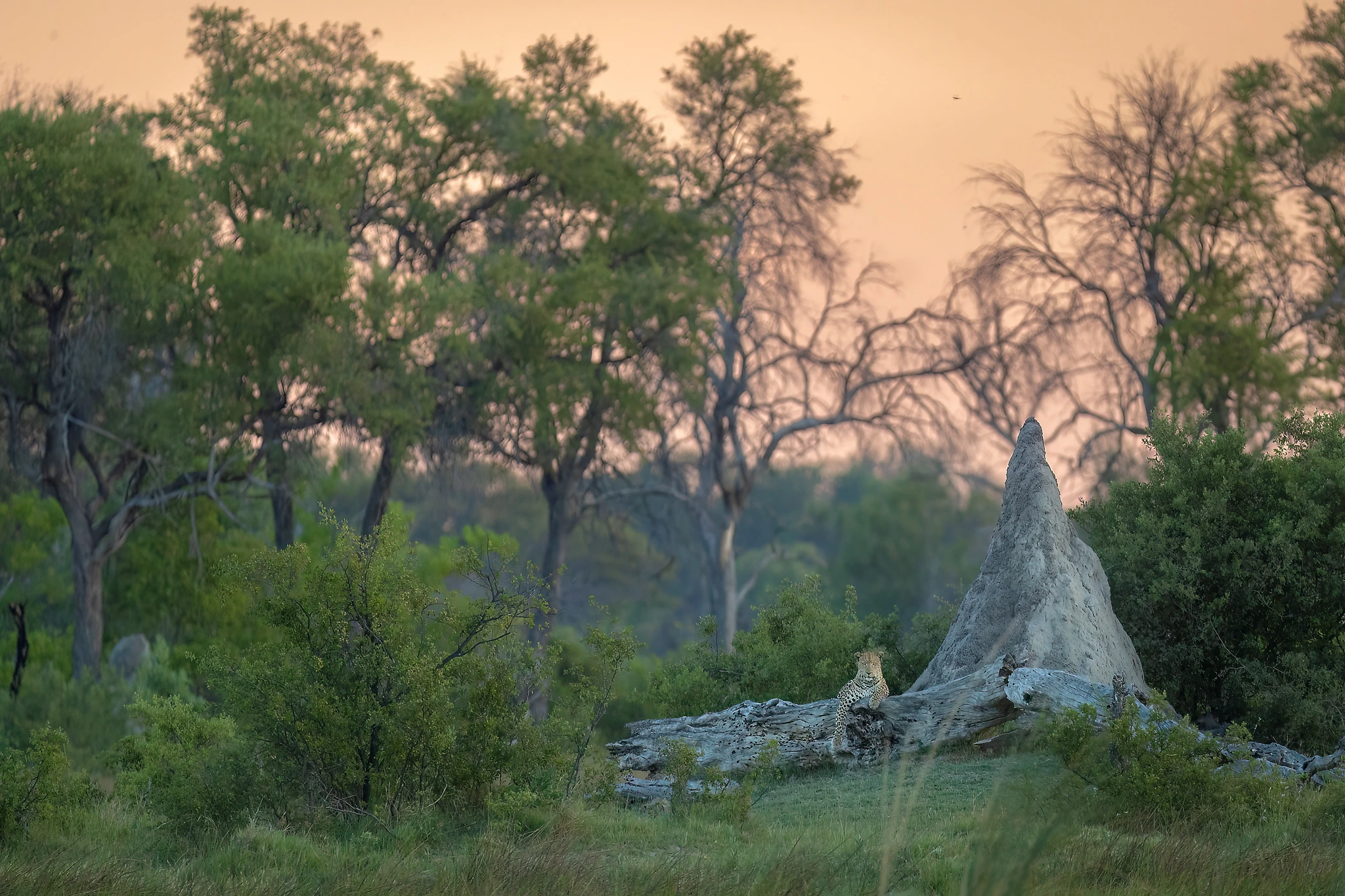
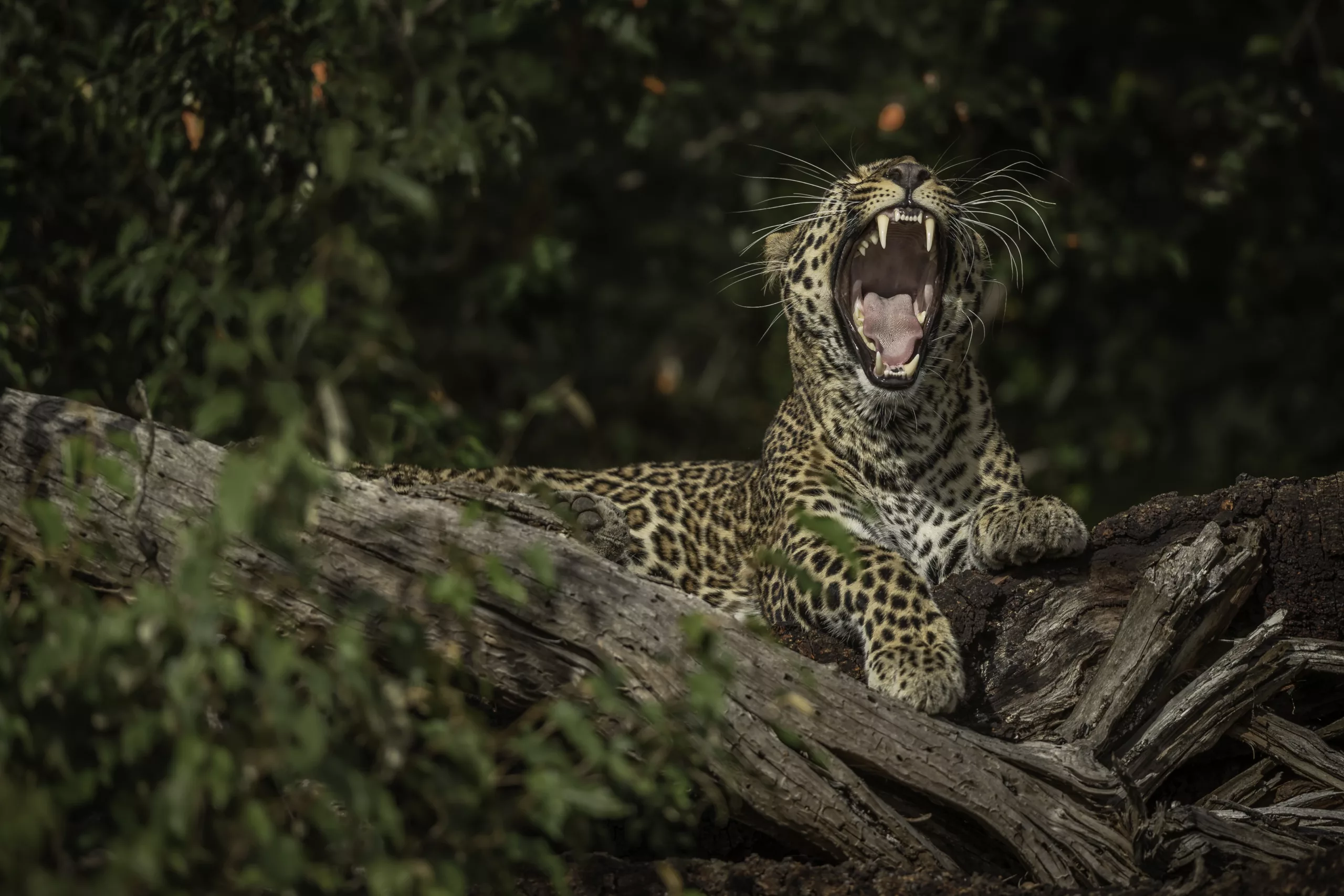
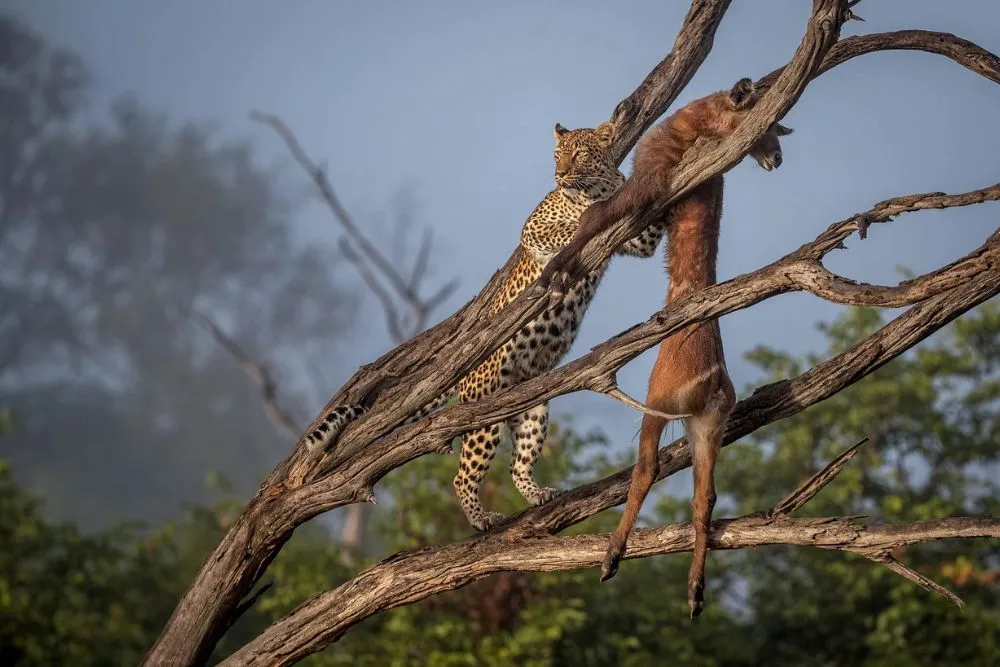
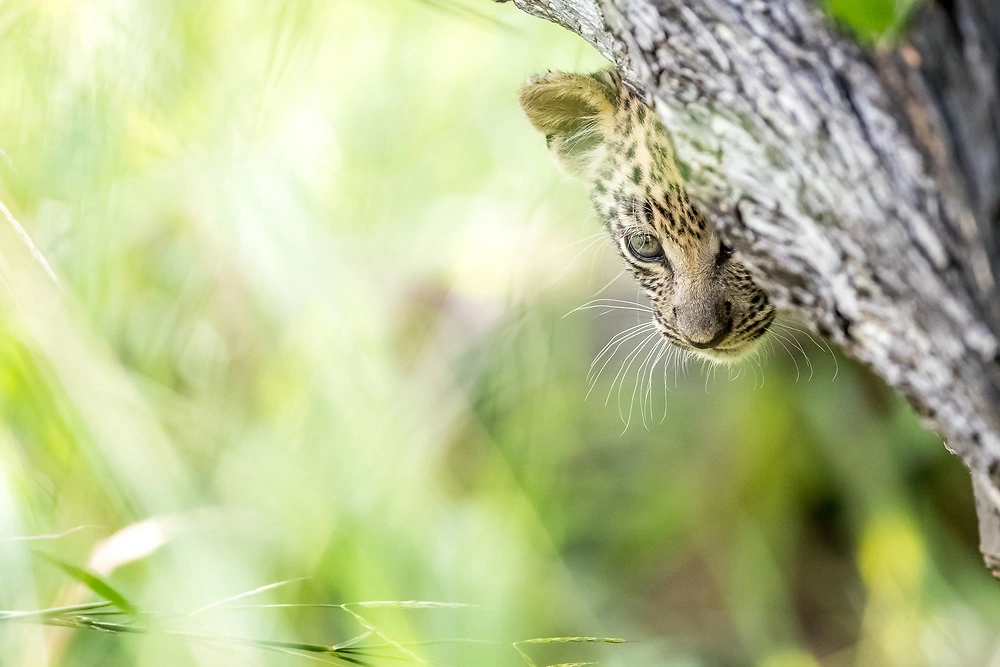
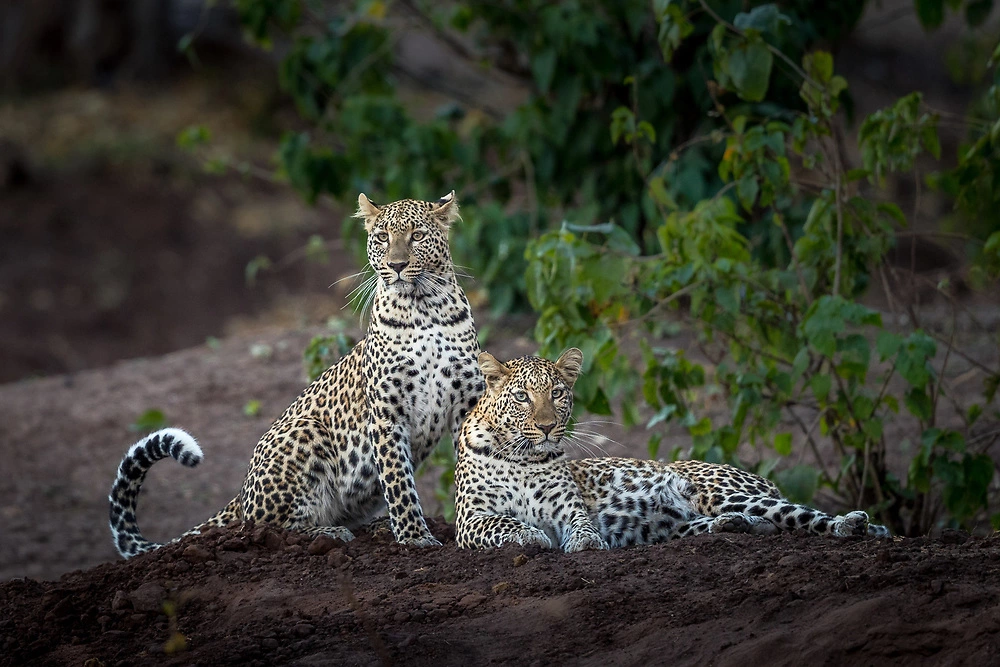
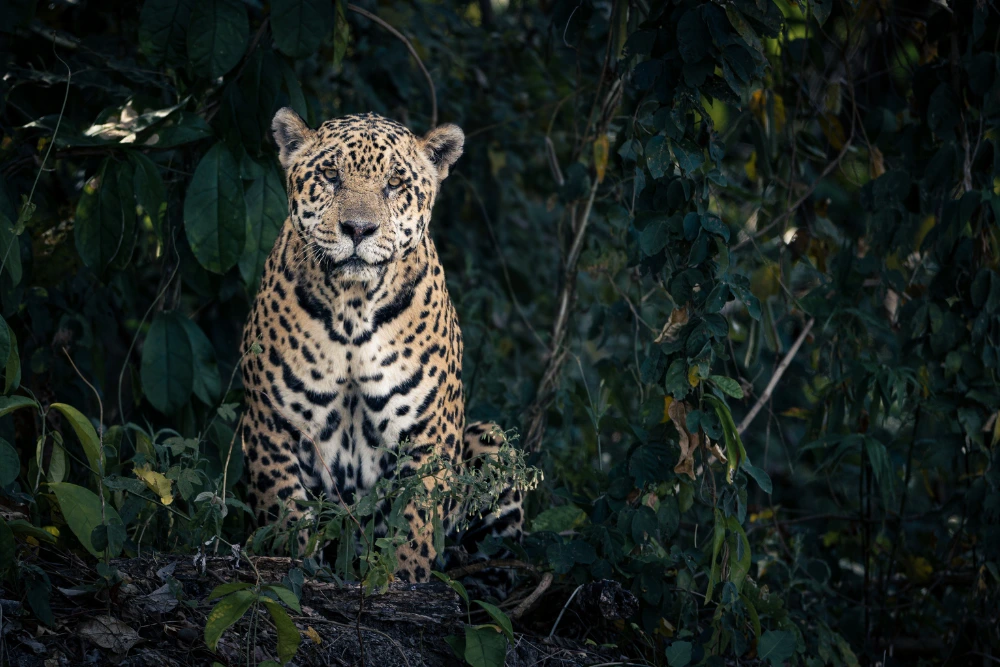
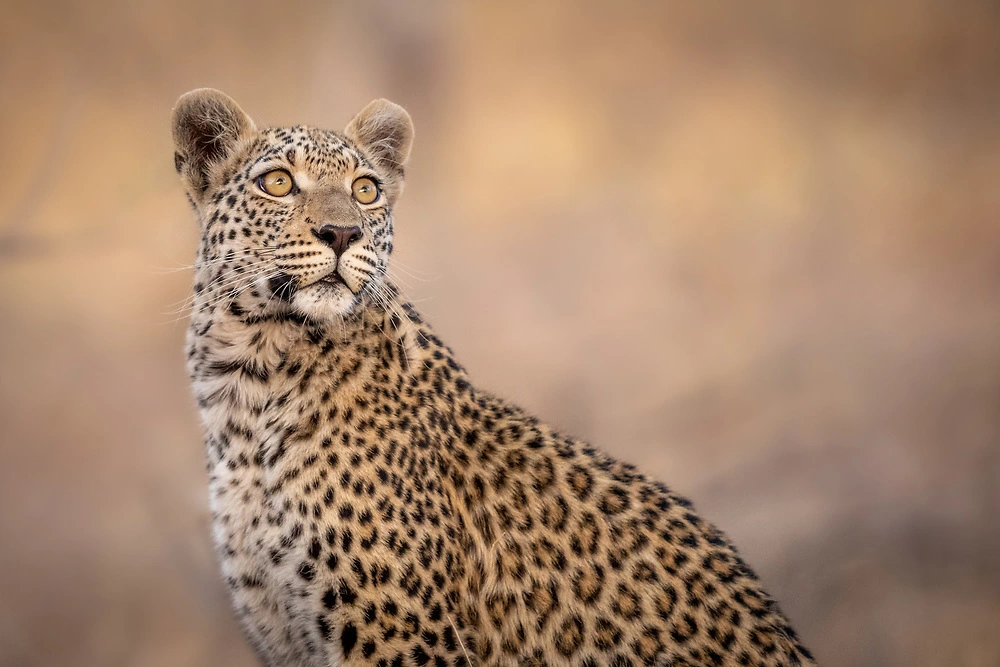
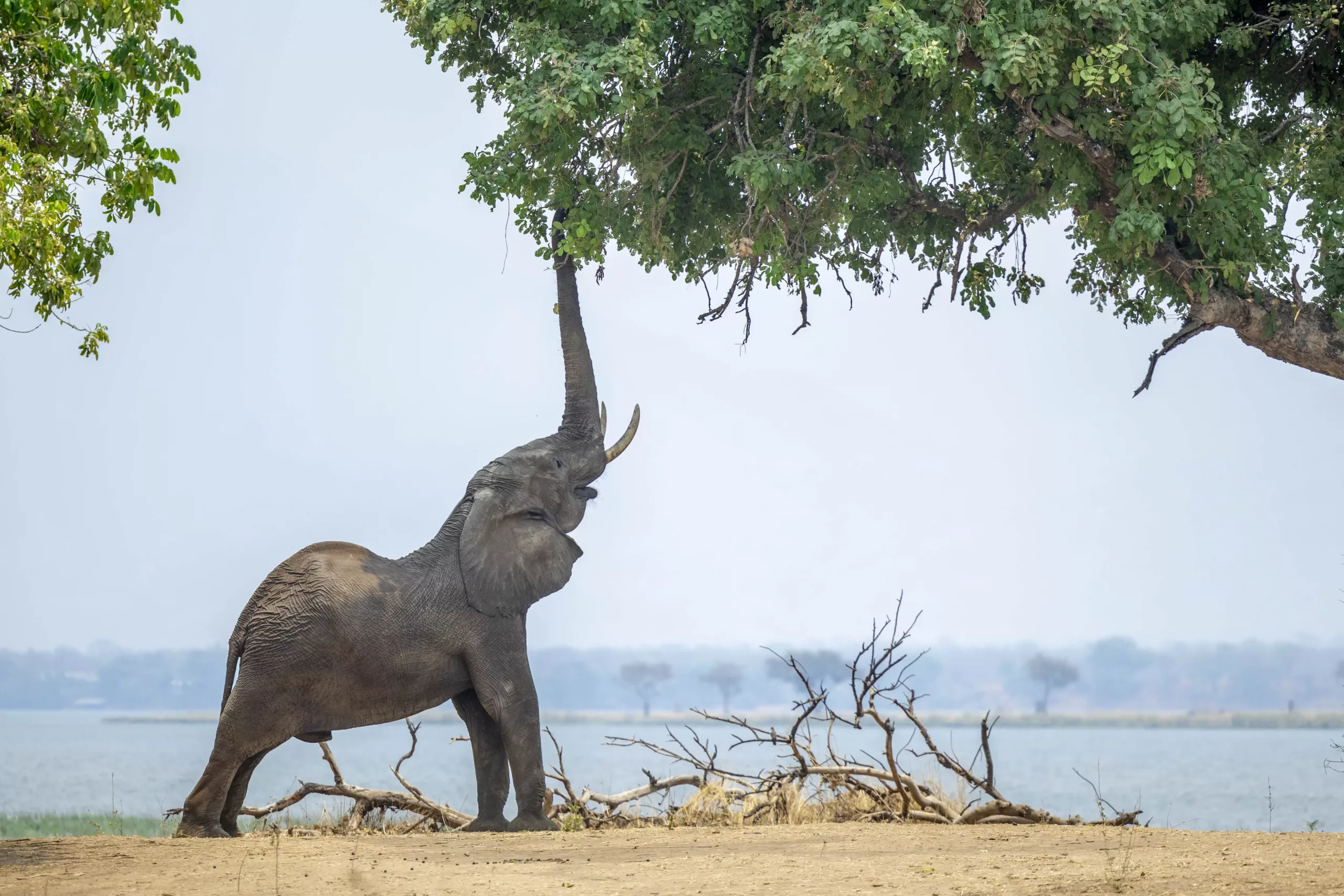
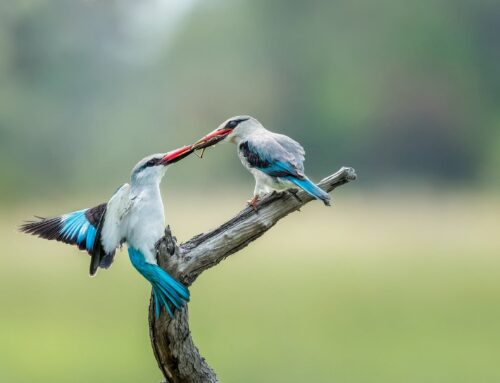
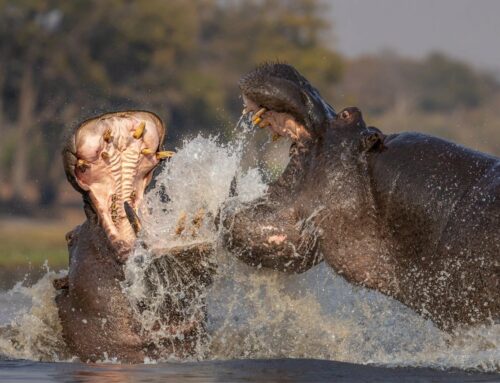
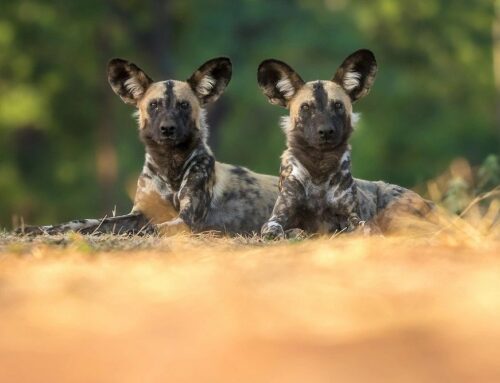
Leave A Comment
You must be logged in to post a comment.